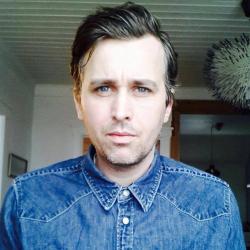Halloween nears, and from the hearts of all the old Norse, you’re welcome. The holiday has its roots in old pagan customs originating in the Nordic countries. In Sweden, it was Dísablót (‘Festival Of The Valkyries’), and in Iceland, Veturnætur (‘Winternights’), which was once the most popular time to get married. Spooky, right?
The wandering dead
Veturnætur was primarily a celebration of the upcoming dark winter, and the holiday revolved around farmers joyously slaughtering their sheep. Afterwards, they would drink themselves unconscious to further honour the gods, as one does.
The harvest festival is often mentioned in the Icelandic Sagas and it appears to have been a rollicking drinking celebration. Beyond that, it’s a bit unclear what people got up to. One clan from the Sagas is said to have played some kind of a ball game as a part of the festivities. Others believed that the elves and the dead would wander around on Veturnætur, but nowadays, that belief has been associated with a night in the beginning of January called the Thirteenth.
Spooky spirits
Unfortunately, after the Nordic countries became boring—I mean, Christian—Veturnætur turned into All Saint’s Day, which eventually became Halloween in other parts of the world.
Veturnætur still has some cultural roots in Iceland. Some farmers believe it’s bad luck to slaughter sheep in October or later in the winter. Ásatrú, the Nordic pagan faith, celebrates the holiday in Iceland every year, and practitioners have been doing so for some time now. The rest of us just get drunk, which, we suppose, is a nice enough homage to the past.
Buy subscriptions, t-shirts and more from our shop right here!


















